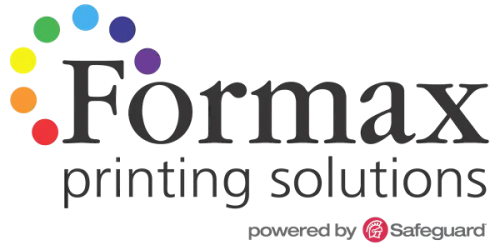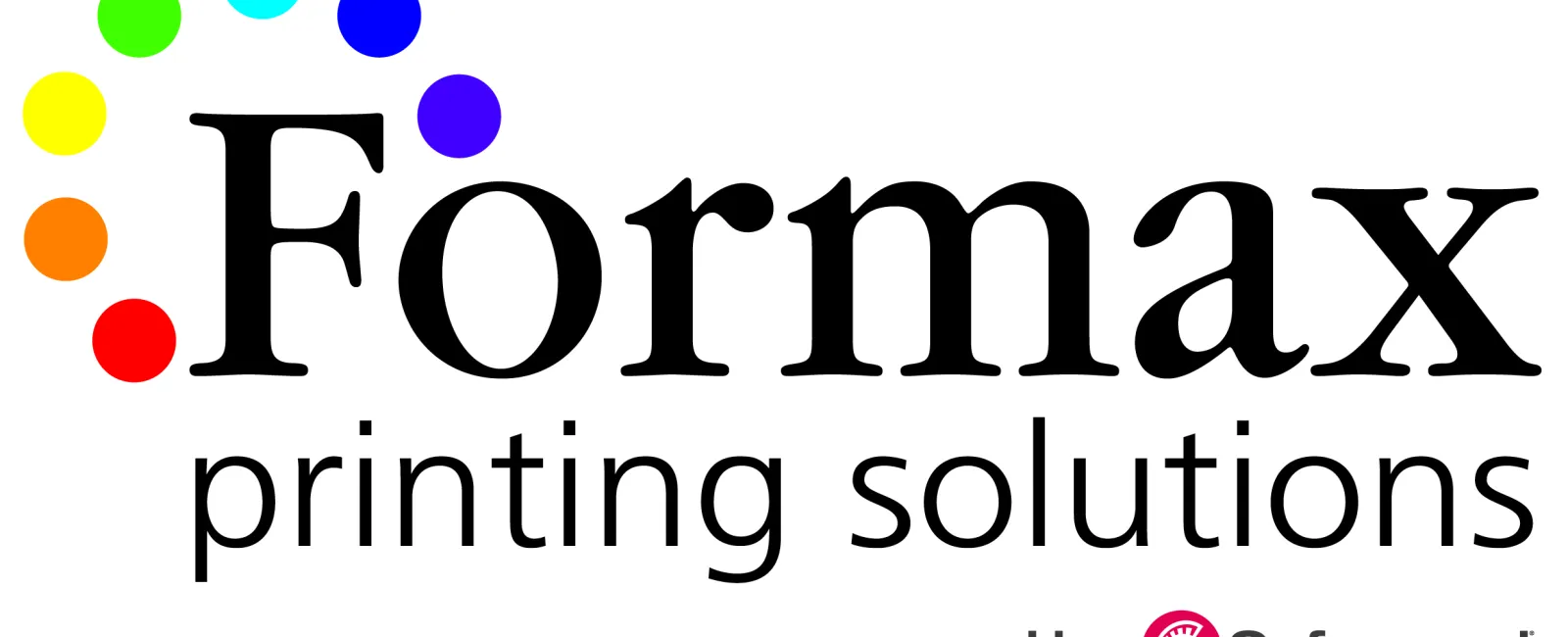
Drawing from our experience over the years, we have compiled a list of eight ideas you might consider for your next printing of journals. These suggestions are relatively simple, but all will enhance the appearance of your literary journal and give it some extra flair.
By the way, regardless of the features you choose, it is strongly advised to get your printer involved early in the process. This will give you the opportunity to thoroughly discuss your specific project, and examine all the available print options, well before your deadline.
Here's 8 Ways to Make Your Literary Journal Stand Out from the Crowd-
1) Use Non-Traditional Dimensions
One of the benefits of having a book or journal custom printed is that you can choose a non-standard size or orientation. Instead of a traditional 6" x 9" portrait orientation, maybe something a bit taller or wider would appear more interesting-or possibly even a square shape. Breaking from tradition with a small tweak here or there could greatly improve the overall appeal of your journal. Of course, the size and shape you select should be guided by the flow of the content generally presented in your particular journal.
2) Choose a Thicker Stock for the Cover and/or Pages
It's no secret that thicker paper feels more luxurious. Hence, using a heavier weight of paper for the journal's cover and pages can project a higher image of quality than its thinner counterpart. Thicker paper is also more durable and will not tear as easily. Another benefit of thicker paper is that it helps prevent dark text and images from showing through to the other side of a sheet.If you are looking to impress your readers, a premium weight of paper is a simple way to do so.
3) Laminate the Cover
Another great way to enhance the appearance of a journal is to bond a clear plastic laminate onto the cover. Laminate film is available in a variety of finish choices, with the most popular being gloss, matte and "soft touch." A gloss laminate can be used to enhance the vividness of colors. A matte laminate offers a non-glare sheen and yields a very professional appearance. The suede-like feel of a "soft touch" laminate provides distinction by stimulating the sense of touch. All three types of laminate add a protective barrier to increase stain resistance and durability, which helps extend the life of the journal.
4) Highlight with Spot UV
Spot UV refers to the application of a UV coating to a specific area of a printed piece rather than coating the entire surface. This coating is applied in liquid form, then exposed to Ultra-Violet light which bonds and dries it instantly (hence the UV name). Applying Spot UV to a journal's cover is a creative way to add contrast through varying levels of sheen and texture. Spot UV can be applied over inked images to enhance a printed design. Or, it can be applied directly to the paper substrate to create the design by itself, without the use of any ink.
5) Emboss the Cover
Embossing refers to a method of pressing an image into paper or cardstock to create a three-dimensional shape. Text, logos and other designs can all be formed by the embossing method, which adds a look of elegance to a book's cover. The embossing procedure involves the use of two metal dies - one has a raised surface and the other has a mating surface that is recessed. The paper or cardstock is placed between the two dies and then heat and pressure are applied to squeeze the raised die into the recessed die. The result is a raised surface, with the design higher than the surrounding paper area.
6) Apply Foil Stamping
Foil Stamping adds a high degree of sophistication to a printed document. This technique uses heat and pressure to apply a logo, design, or text as a metallic foil finish. Like embossing, this technique is usually reserved for the cover of the journal. The metallic foil is most commonly a gold, silver, or copper tone, though a variety of colors are also available. Foil stamping is most commonly applied flush to the surface, but it can also be combined with the embossing technique to create a metallic design in relief.
7) Round the Corners
Rounding both of the corners opposite the spine is an easy way to set a book apart. Rounded corners not only add a pleasing aesthetic quality to the book, it also helps reduces the occurrence of bent corners and dog-eared pages. By reducing wear and tear, rounded corners help the journal maintain its professional appearance far longer than it might otherwise.
8) Consider using a Colored Stock for some or all of the Pages
Instead of a traditional white stock for your journal's pages, there are a variety of other paper choices that offer good contrast and readability, such as ivory, cream or pastels. Also, a colored stock can be used for all the pages in the journal or reserved for certain sections. For example, the poetry section could have one tint whereas the section of short stories could be a different tint. Using colored pages provides a simple way to visually index various sections of the journal, if so desired.
Formax has been printing affordable books, journals and other bound documents since 1985. We can produce your literary journal in just about any quantity, size, type, color or binding style you may need.
We'd be happy to quote on your next journal project or answer any print-related questions you may have. Just give us a call at 866-367-6221. Or, if you already know your specs, you can submit our quote request form. As always, we look forward to assisting with your custom printing needs!
Take care! Rick




